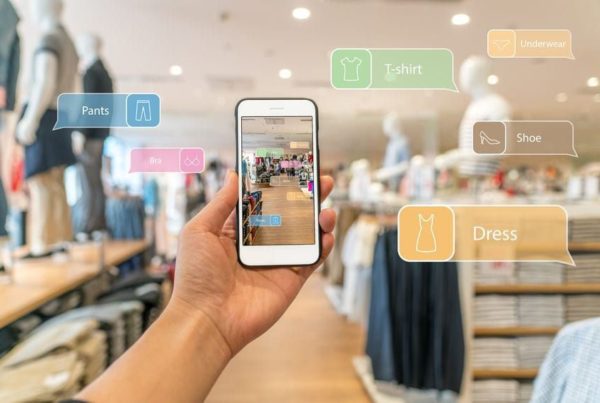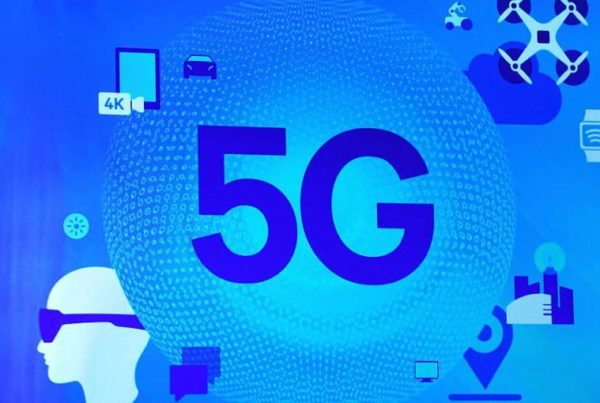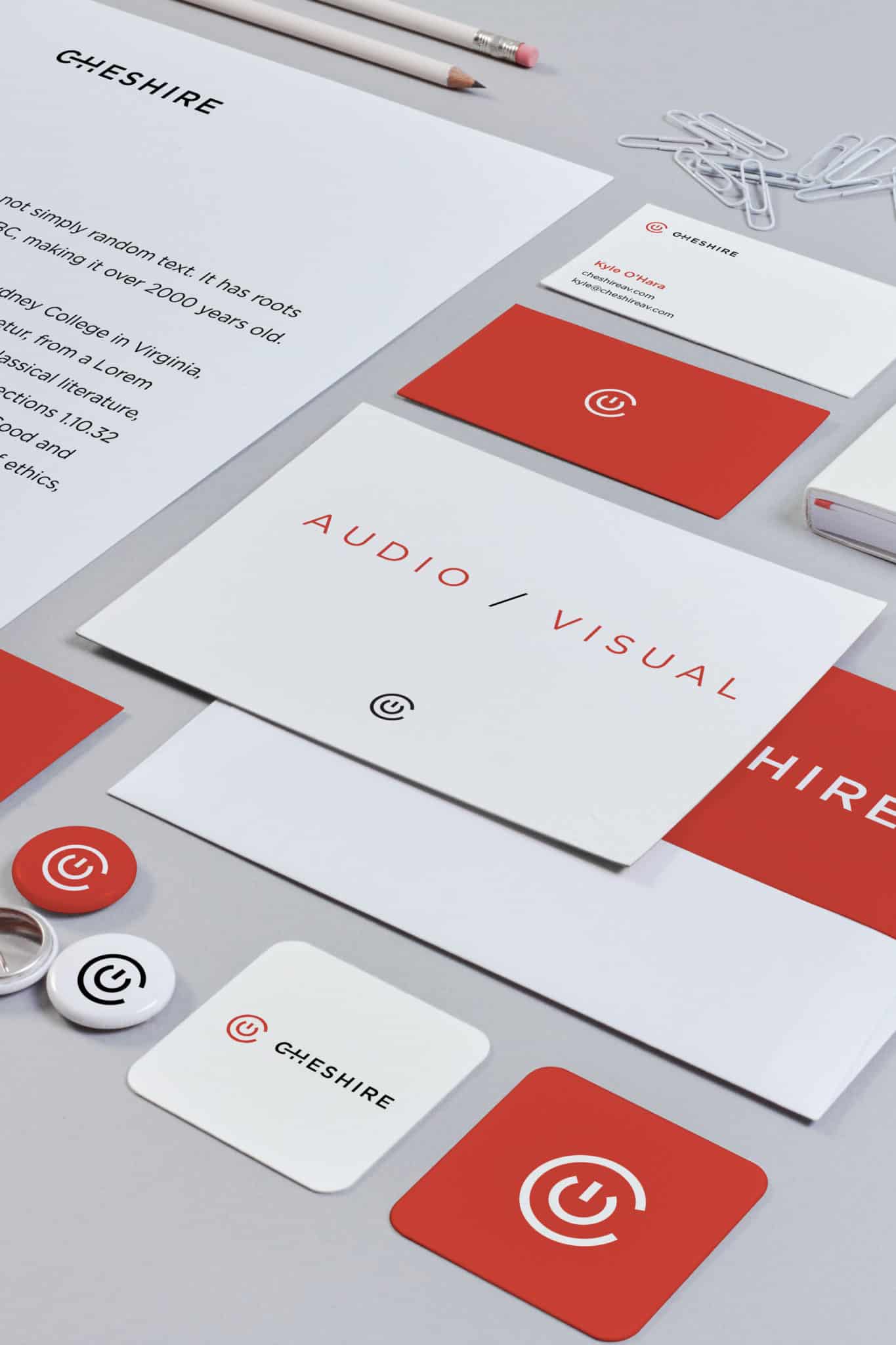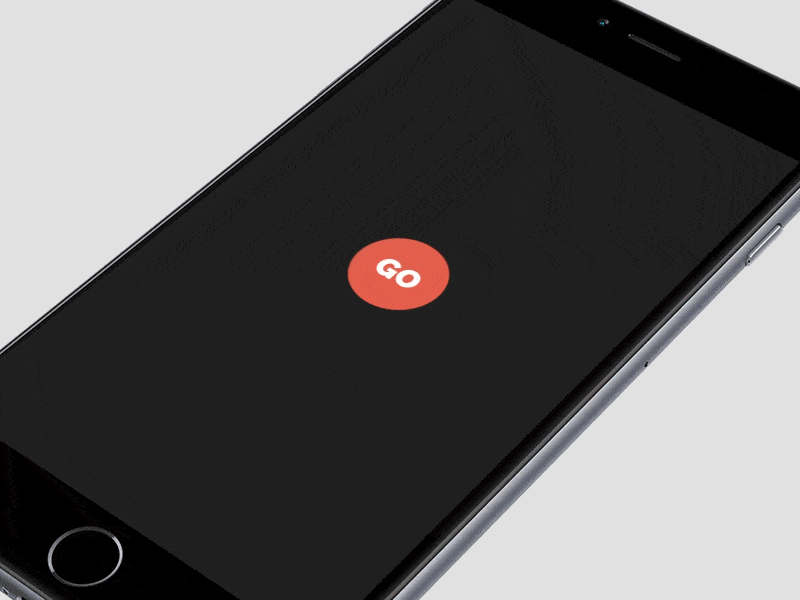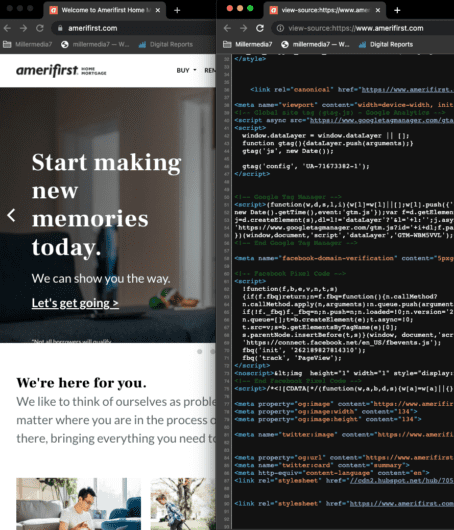With the emergence of smart home devices like Google Home, Amazon Alexa, and more, everybody is going nuts about connectivity. Wearables such as smartwatches and fitness bands are no longer something rare or unique – a lot of us have and use them on a daily basis. This is also the case with remote-controlled home appliances that are connected to the internet, industrial assets and transportation systems. It’s no wonder that the IoT market size is expected to grow to $457.29 billion by 2020.
The concept of connected devices, more commonly called the Internet of Things (IoT), is not brand new – it was introduced in the early 80s. However, tech experts and ordinary people alike are still excited to see where this is all going.
As professional designers and developers, we also keep track of the current IoT trends. In this article, we’ll take a look at some of the new IoT services and solutions which have the potential to become an integral part of our everyday lives in the near future.
Even more smart stores
It’s only been a year since Amazon opened its first no-checkout Amazon Go store to the public in Seattle. This automation solution has been made possible by the leaps in machine learning and IoT data processing. However, rumor has it that the company already plans its international expansion. As of today, the chain consists of nine smart stores located in the US but we can expect to have the first cashier-less store in the U.K in the nearest future. And, according to Bloomberg, Amazon will open about 3,000 other smart supermarkets by 2021.

The idea of doing shopping by just entering the store, grabbing the groceries and leaving without being checked out still sounds futuristic to a lot of people. Yet, Amazon is not the only company trying to take advantage of advanced shopping technology. Microsoft is already treading on its heels.
Recently, the company announced its partnership with Kroger, a large chain of US supermarkets. And many of the innovative solutions they created are based on IoT technology. Digital shelves, personalized ads and automatic alerts notifying store staff of low inventories are already redefining the way we think about supermarkets.
Reportedly, other retailers around the world will also have an opportunity to buy this solution. In other words, it’s just a matter of time before the smart store like Amazon Go will become an industry standard.
Smart fridges and the smart way of shopping for groceries
Smart grocery management is another category of IoT solutions which are going to take customer shopping experience to the next level. The main idea behind it is simple, yet genius. It is to make smart home products help us do grocery shopping in an easy and time-effective way.
The most famous smart device of this kind that already exists is Samsung Family Hub. Simply put, it’s a smart fridge that, among other things, can take photos of products stored in it. Users then can view such photos via their smartphones as they shop. On top of that, the fridge can mirror a TV, synchronize with calendars, share notes and messages. It can even help its owners control smart lighting, oven, front door video doorbells or security cameras etc. remotely.

The smart home hub
Speaking about front door cameras, they’ll become smart too. At CES 2019, an IoT product called Door View Cam was announced by Ring company. The camera can be used as a regular glass peephole. But besides that, it can stream video to your smartphone and let you talk to anyone standing at your front door.

As a side note, the smart home niche is expected to grow significantly in the near future (see the chart below). In short, the smart home niche can potentially become a gold mine for businesses that are ready to invest in IoT and new technologies. Among the many new products, you’ll find: the smart thermostat, smart speaker, smart plug, smart locks, and more.

Fairytales can come true with smart mirrors
Remember that episode from the fairytale about Snow White when she asks the magic mirror: ‘Mirror, mirror on the wall, who is the fairest of them all?’ ? Well, it no longer sounds like a fairytale because a ‘magic’ mirror can actually answer that question. A smart mirror by Capstone Connected Home was introduced at CES 2019 and it’s expected to be released later this year.

At first glance, this smart mirror looks like a regular mirror and can be used as such. But that is far from all it can do. Besides working as a mirror, this gadget also has Google Assistant built-in, so it can practically do all the things the latter does. For instance, you can check the emails while brushing your teeth, access social media, stream YouTube videos or even play games.
Another cool thing about Capstone Smart Mirror is that you’ll still be able to see yourself through the content shown on the mirror ‘screen’, so it’s not just a huge tablet. We believe that the idea behind this device is very promising and that smart mirrors will make our mornings more pleasant and productive very soon.
IoT provides the future of healthcare
Unlike the previous two types of IoT solutions which aim to make our lives easier, the Internet of Healthcare Things (or IoHT) also helps people feel better and be healthier. It even has the potential to save lives.
The list of ways you can implement this technology in practice is virtually endless. For instance, there are solutions that gather information about the patient’s health and send a notification to a doctor if something is wrong. Other apps help monitor user’s medication schedules, activities and sleep cycles. Some IoT devices can also automatically identify any glitches in medical hardware so they can be fixed in a timely manner.
E-Alert by Philips is a great example of the latter type of IoHT solution. This tool measures key parameters of magnetic resonance imaging and alerts if something in the system doesn’t work properly.

Moreover, there are also IoT devices that help doctors train without the risk of doing any harm to bodies or patients. For instance, Osso VR is a training gadget for surgeons that combines IoT and VR technologies and allows doctors to perform realistic operations in a risk-free virtual reality space. The product was released a few years ago but is still actively discussed on different professional platforms, such as this year’s CES conference.

Although some smart medical devices already exist, we expect even more are in development already. And the IoT technology is versatile and flexible enough to satisfy the needs of any medical organization or hospital.
Pets will live better too
Human beings are not the only creatures who can benefit from the innovative solutions you can create with IoT. With the help of IoT technology, the life of our four-legged friends can be more pleasant and safer as well.
Different pet trackers that utilize GPS technology appeared a few years ago and have already won the hearts of animal owners. You can attach a small sensor to a pets’ collars or embed the sensor into them. This makes it possible to easily find the location of your cat or dog via a smartphone.
People often treat their cats, dogs, hamsters, parrots etc. as family members. That’s why they seek out pet care products that will make their pets happier. One of the most innovative solutions in this regard is a smart bed such as Petrics Smart Pet Bed introduced at CES 2018. Besides controlling the key health parameters (weight, sleep time etc.), it allows for the remote thermostatic control to maintain the temperature that is optimal for a specific breed.

Another popular IoT product that has the potential to become a must-have for any pet parent is a smart feeder. This type of device remotely controls food supply for cats and dogs (portion sizes, feeding schedule etc.). Some also have a camera, allowing the pet owner to check in on the pet remotely.

It’s worth mentioning that quite a few smart feeders have already been created. Yet, the niche is ever-growing so there’s plenty of room for new pet-caring products with more advanced features.
Hyperconnected businesses and IoT manufacturing
One can hardly find a business that will not benefit from IoT-fueled solutions. No matter what your company produces and sells there are always processes that can be automated and done faster and more efficiently.
As of today, a lot of businesses, especially in the manufacturing industry, are successfully harnessing the power of IoT technology. For instance, at the Siemens plants in Germany, 75 percent of the production process is automated. The figure is quite significant, however, Siemens is planning on taking it further by creating a smart plant that is entirely automated.
And Siemens is not alone with its intentions. According to Juniper Research, the number of industrial IoT connections is going to grow to 46 billion in the next four years. This means that all businesses must consider investing in IoT solutions to stay competitive.
IoT is revolutionizing our personal and professional lives
Many IoT solutions may seem revolutionary or even unbelievable to us. However, we have to come to terms with the thought that most aspects of our lives will include IoT devices in the very near future. At the same time, the Internet of Things provides fantastic potential for innovation for businesses. So if you have a brilliant idea for an IoT-based product that will either allow people to handle their routine tasks more easily or help you optimize your business activity, it’s the perfect time to turn it into reality.
Looking for a development team for your next IoT project? Just contact us!


